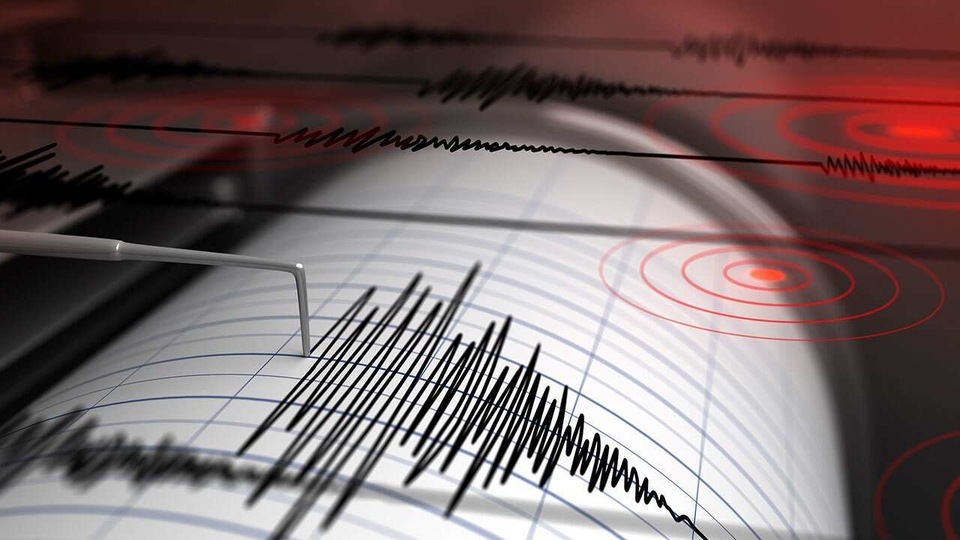Google’s next big project is all about detecting the shakes and making the world a safer place
Google CEO Sundar Pichai shared a blog that explains how they plan to use undersea cables to detect earthquakes and tsunamis.

Human civilisation has wondered for years if earthquakes and tsunamis could effectively be predicted. And after all these years, Google and CEO Sunder Pichai seem to have the same questions but this time there seem to be some answers.
Google has been conducting experiments using subsea fiber optic cables and the results have shown that they might be useful in for earthquake and tsunami warning systems.
Is it possible to detect earthquakes with submarine cables? We think it might be.https://t.co/6oIZTxg1wk
— Sundar Pichai (@sundarpichai) July 16, 2020
In a blog post, Valley Kamalov and Mattia Cantono from Google's Global Networking Team have detailed out Google's plans of how it can detect earthquakes.
Earthquakes could be detected based on spectral signatures and by performing a spectral analysis of Stokers' parameters to look at frequencies that are typical of earthquakes, they explained. There's a long tradition of using optical fiber for sensing applications. But whereas most of these techniques are effective over distances of up to 100 km, we've developed a technique that works over tens of thousands of kilometers,” they wrote.
Older approaches to study these frequencies needed special sensing fibres and special equipment but now Google is using existing fiber to detect disturbances on the seafloor and since the technique relies on equipment that is already present, it is broadly applicable.
Google first started working on this concept in 2013 but it was only in 2019 that they were able to conduct the first experiments. Since they started, initially there were no state of polarisation (SOP) changes that could detect a quake, however that soon changed.
On January 28 this year, Google was able to detect an earthquake of 7.7 magnitude off the coast of Jamaica, 1,500 km away from the closet point of one of the cables. Google writes that the plot of SOP showed a pronounced spike at a time stamp approximately five minutes after the earthquake occurred. This correlated to the time the seismic wave needed to travel from Jamaica to the cable and the duration of the spike was about 10 minutes.
Since then, Google has been able to detect two moderate-sized earthquakes in Chile and Mexico on March 28 and March 22 respectively.
Google calls this “just the beginning” of being able to study and detect seismic events. And the plan is to keep working to develop a robust earthquake monitoring system that researchers can use in tandem with Google's advanced computing systems.
You can read the detailed blog here.
Catch all the Latest Tech News, Mobile News, Laptop News, Gaming news, Wearables News , How To News, also keep up with us on Whatsapp channel,Twitter, Facebook, Google News, and Instagram. For our latest videos, subscribe to our YouTube channel.




























